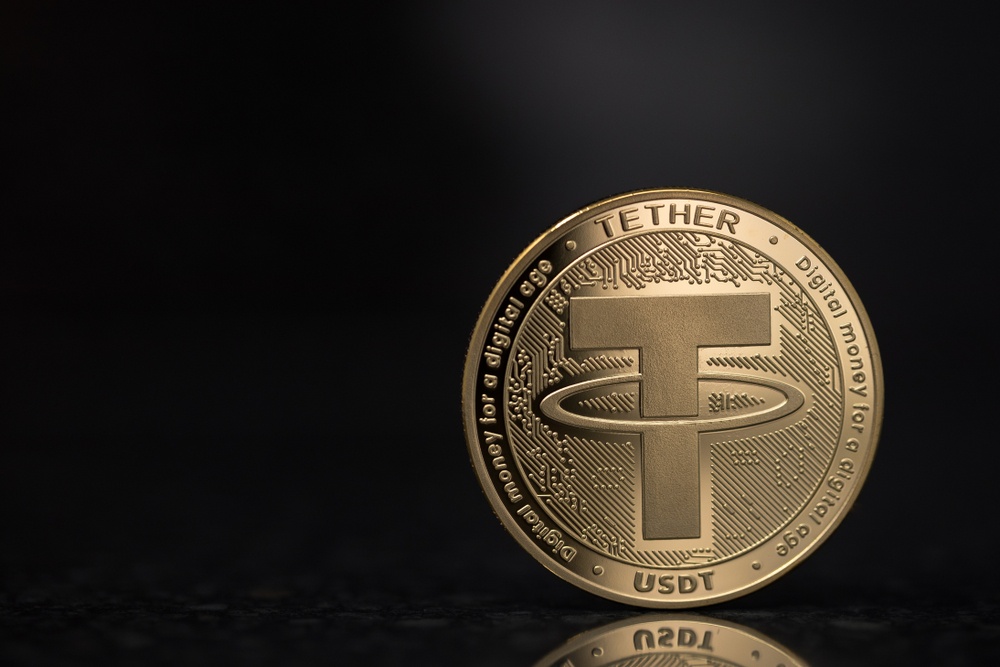Tether Mints $1 Billion USDT on Tron Amid Market Preparation
16.07.2024 18:00 1 min. read Alexander Stefanov
Tether, known for issuing the largest dollar-backed stablecoin, has recently created $1 billion USDT on the Tron blockchain.
These tokens, not yet in circulation, are classified as “authorized but not issued,” according to Tether’s CEO Paolo Ardoino. This action is part of Tether’s routine inventory management to prepare for potential increases in demand, which often precedes upward movements in the cryptocurrency market.
The distinction of “authorized but not issued” USDT means these tokens exist in Tether’s treasury but are not backed by tangible reserves like the U.S. dollar or other assets.
Meanwhile, Justin Sun, founder of the Tron network, celebrated surpassing $60 billion in USDT issuance on Tron, marking a significant milestone for the blockchain.
Both Tether’s USDT and the Tron Network hold substantial sway over cryptocurrency market liquidity and capitalization. Yet, they also face scrutiny from global regulators and investors due to concerns about transparency and operational risks.
This development occurs amidst broader discussions within the industry about stablecoin stability and regulatory oversight, with entities like BlackRock and Circle highlighting potential risks associated with high USDT exposure in the market.
-
1
Coinbase Brings Cardano and Litecoin to DeFi via New Wrapped Tokens on Base
26.06.2025 18:00 1 min. read -
2
Trump-Linked Truth Social Pushes for Bitcoin-Ethereum ETF as Crypto Strategy Expands
25.06.2025 19:00 2 min. read -
3
Nasdaq Firm Makes First Crypto Move With Bittensor Acquisition
26.06.2025 14:00 1 min. read -
4
Crypto Company Abandons Bitcoin Mining to Focus Entirely on Ethereum Staking
26.06.2025 20:00 1 min. read -
5
Altcoin Market May Be on the Verge of Major Rally, Analyst Suggests
27.06.2025 14:00 2 min. read
Most Trending Cryptocurrencies on CoinGecko After Bitcoin’s New ATH
Bitcoin’s breakout to a new all-time high above $118,000 has reignited momentum across the crypto market. While BTC itself saw nice gains several altcoins are riding the wave of renewed investor interest.
Ethereum Jumps 8% to Reclaim $3,000
Ethereum surged 8.4% in the past 24 hours, reaching $3,010 as renewed interest in altcoins follows Bitcoin’s explosive rally.
Grayscale Reveals Which Altcoins Are Next in Line for Onclusion
Grayscale, one of the leading cryptocurrency asset managers, has unveiled its latest benchmark update structured around its Crypto Sectors framework.
Trump’s Truth Social to Launch Utility Token for Subscribers
Truth Social, the platform founded by Donald Trump, is moving deeper into the crypto space with plans for a utility token tied to its premium services.
-
1
Coinbase Brings Cardano and Litecoin to DeFi via New Wrapped Tokens on Base
26.06.2025 18:00 1 min. read -
2
Trump-Linked Truth Social Pushes for Bitcoin-Ethereum ETF as Crypto Strategy Expands
25.06.2025 19:00 2 min. read -
3
Nasdaq Firm Makes First Crypto Move With Bittensor Acquisition
26.06.2025 14:00 1 min. read -
4
Crypto Company Abandons Bitcoin Mining to Focus Entirely on Ethereum Staking
26.06.2025 20:00 1 min. read -
5
Altcoin Market May Be on the Verge of Major Rally, Analyst Suggests
27.06.2025 14:00 2 min. read


